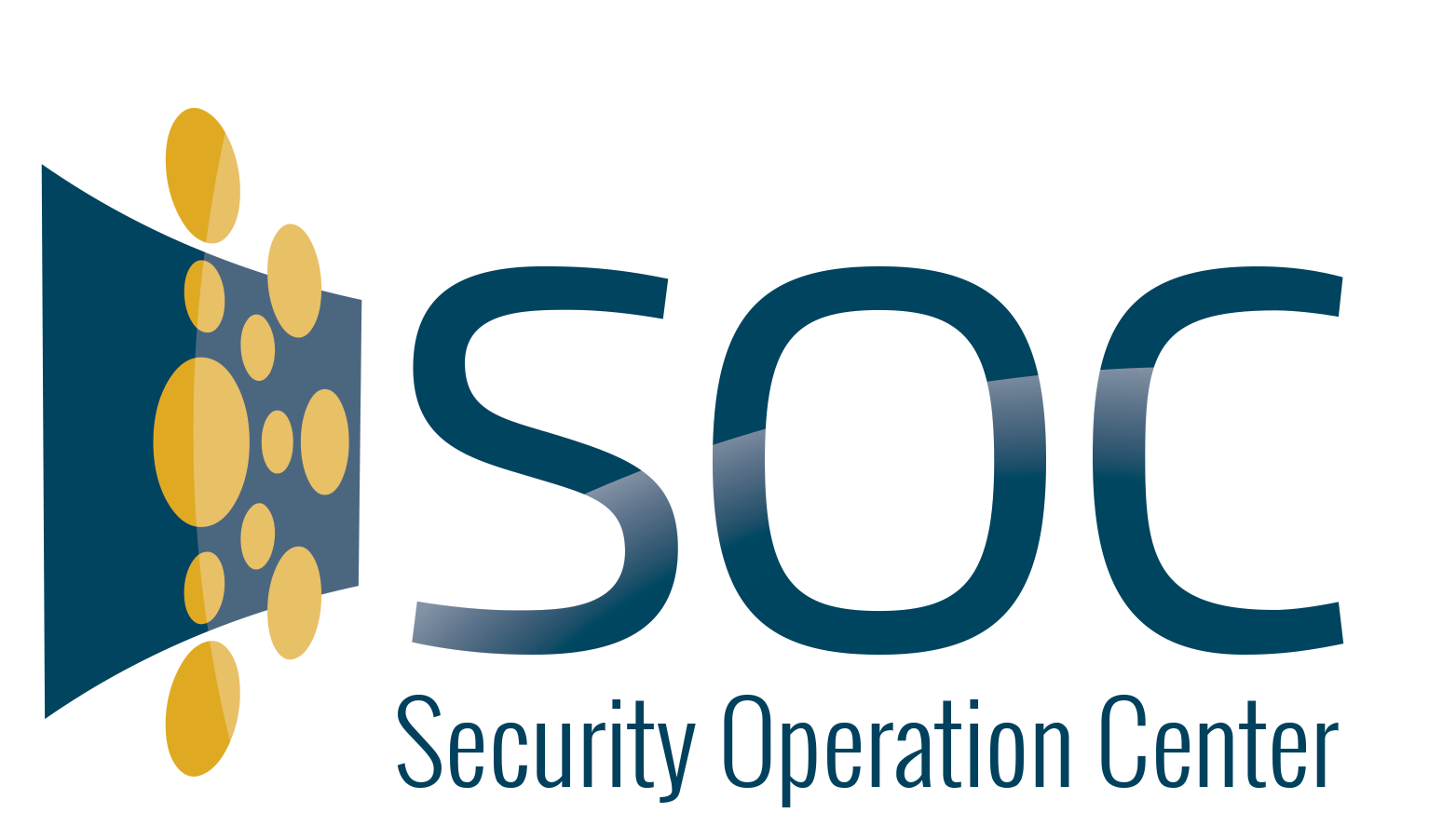
mohanshtechnologies is the best online bootcamp provider that enables learners through rigorous and highly specialized training. We focus on emerging technologies and processes that are transforming the digital world, at a fraction of the cost and time as traditional approaches. Serves as a global authentication authority that allows employees, customers and partners to securely access all the applications they need from any device.

The course aims to equip learners with the knowledge and skills necessary
to effectively manage and operate a SOC. It covers the end-to-end process
of SOC operations, including planning, designing, building, and operating a
SOC.
A Security Operations Center (SOC) course provides in-depth training and
insights into establishing, managing, and operating a SOC analyst training in Hyderabad, which is
essential for the real-time monitoring and analysis of an organization’s
security posture.
The demand for cybersecurity and Security Operations Center (SOC) analysts has been steadily increasing due to the growing complexity and frequency of cyber threats. This trend reflects the critical need for skilled professionals who can protect organizations from a wide range of cyber risks.

This SOC course will help you:
Fundamentals of SOC
Basics to Advance of Malware Analysis
Basics to Advance of Malware Analysis
Basics to Advance of Malware Analysis
Threat Hunting
Incident Response: Detection and Analysis
Incident Response: Detection and Analysis
Phishing study by Cybersecurity SOC from scratch
Phishing study by Cybersecurity SOC from scratch

Lorem ipsum dolor sit amet, consectetur adipisicing elit, sed do eiusmod tempor incididunt ut labore et dolore magna aliqua. Ut enim ad minim veniam, quis nostrud exercitation ullamco laboris nisi ut aliquip ex ea commodo consequat.
Come and discuss your objectives with us.